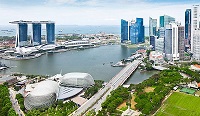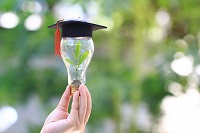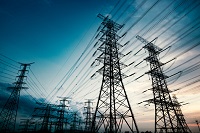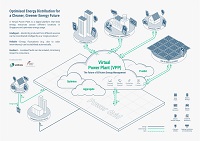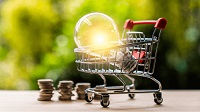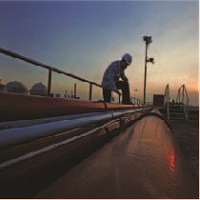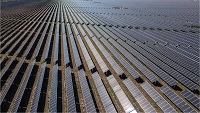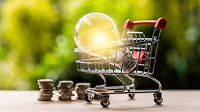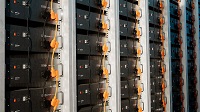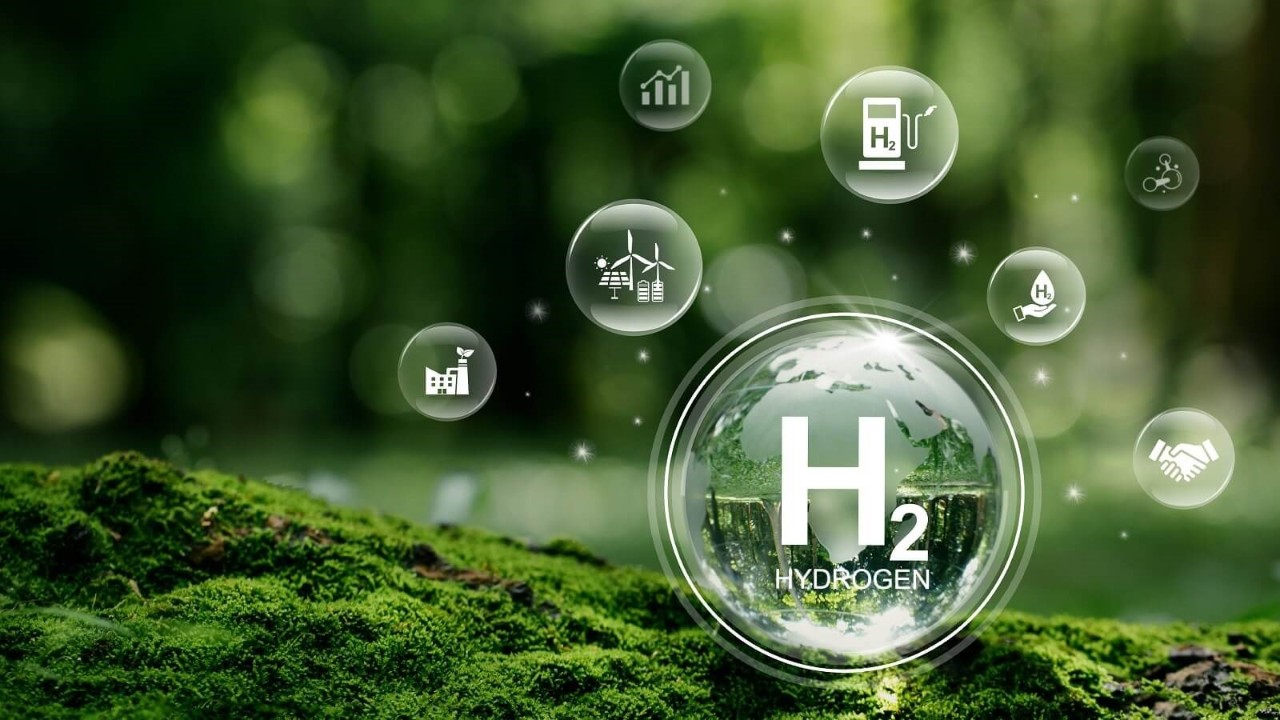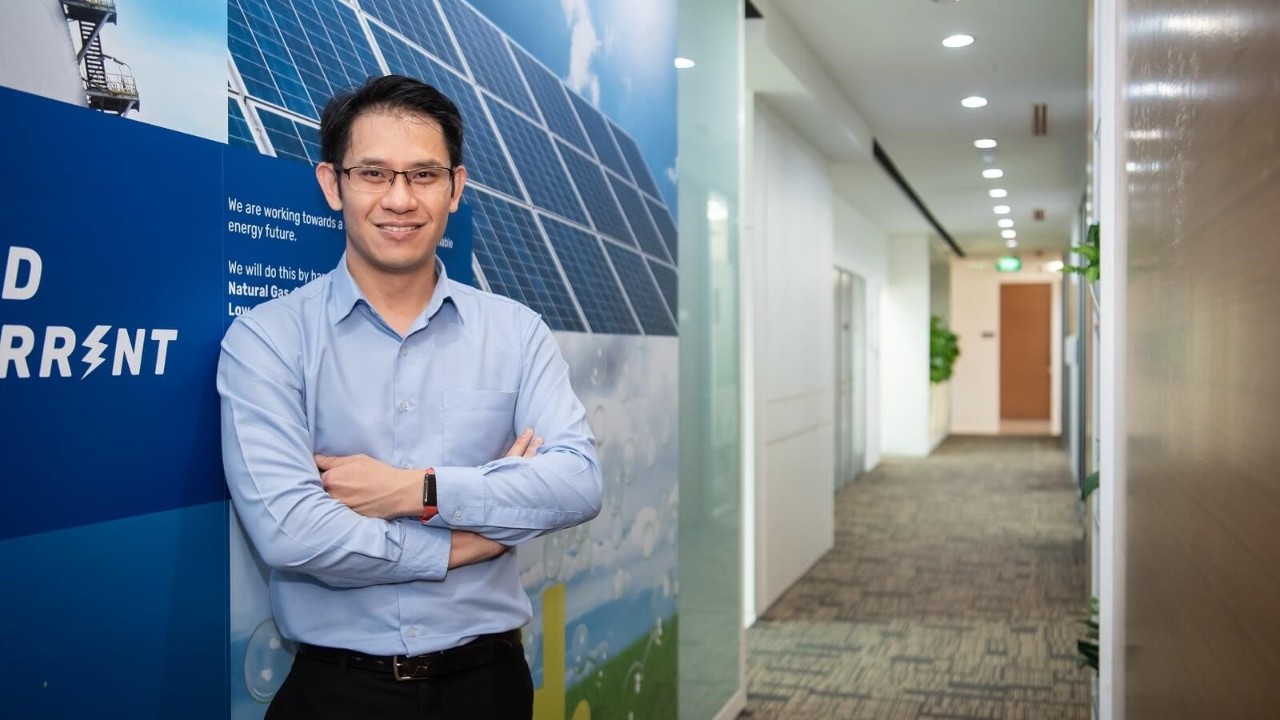Reflecting on the potential of hydrogen, Jia Yong highlighted that the world is still in the early stages of the hydrogen journey. Crucially, Singapore cannot embark on this path alone.
Jia Yong said, “The global supply chain must evolve to make hydrogen a viable and affordable choice. The world will need to develop new infrastructure, including low- or zero-carbon hydrogen or ammonia production plants, hydrogen export and import terminals, pipelines. There is also a need to develop and scale up new applications for hydrogen or its derivatives.”
He cautioned against falling into a “chicken and egg cycle” where everyone waits for someone else to make the first move. Instead, Jia Yong underscored the importance of continued experimentation and collaboration by both the public and private sectors to turn the hydrogen dream into a reality.
“It is a promising path, but there are still many aspects to figure out — not only in Singapore, but also globally," Jia Yong emphasised.
Nevertheless, hydrogen production, storage, and utilisation techniques are expected to evolve and the potential for hydrogen to play a pivotal role in decarbonising our energy system can only get more compelling.
